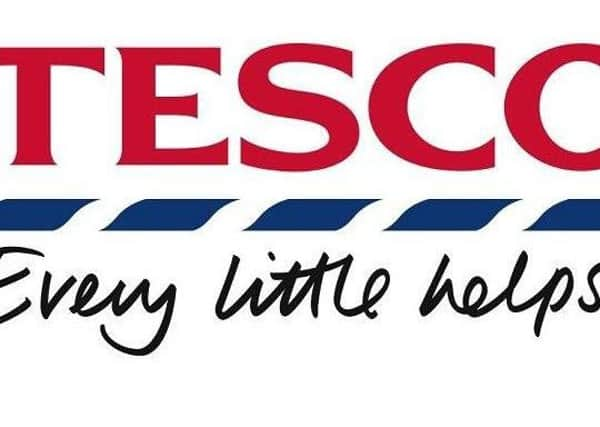Paula Sherriff: Products aimed at women carry a higher price tag. Why?


RESEARCH recently conducted by The Times shows that items marketed at women are, on average, 37 per cent more expensive than similar items marketed at men.
It analysed hundreds of products and found only one example of a male item priced higher than a female item – boys’ underwear is more expensive than girls – but numerous examples of female items that cost more.
Advertisement
Hide AdAdvertisement
Hide AdClothes, beauty products and toys for women and girls were found to cost more. Such price differentials were found in some of the UK’s biggest retailers, including Tesco, Boots and Amazon.
Some of the examples brought to light by the research are remarkable. Tesco charges double the price for 10 disposable razors simply because they are pink. In fact, standard razors for women cost, on average, a huge 49 per cent more than the equivalent products for men.
At Argos, identical children’s scooters are £5 more expensive in pink than in blue. Bic sells a range of “for her” ballpoint pens that are more expensive than its ordinary range, even though the products are almost identical. Amazon sells a Playmobil pirate ship for £12.59, while the equivalent fairy queen ship, marketed at girls, costs £14.99.
This follows a similar study conducted by New York City Department of Consumer Affairs (DCA) in December. It compared nearly 800 products with clear male and female versions from more than 90 brands sold both in-store and online, and found that products for female consumers were more expensive than those for male consumers in all but five of the 35 product categories.
Advertisement
Hide AdAdvertisement
Hide AdAcross the sample, the research found that women’s products cost more 42 per cent of the time, whereas men’s products cost more just 18 per cent of the time. The DCA report remarked: “Over the course of a woman’s life, the financial impact of these gender-based pricing disparities is significant.”
In 1994, the state of California studied the issue of the gender-based pricing of services. It estimated that women effectively pay an annual gender tax of approximately $1,351 for the same services as men.
The Government must ensure that an independent analysis is conducted to identify the extent of unfair gender pricing and marketing practices in the UK.
It could be argued that some products for women have additional design and performance features, and that others are priced individually based on factors including formulation, ingredients and market comparison. Of course, a women’s jumper might be made with better-quality fabric, and a men’s jumper might be made with cheaper material, but The Times’ study indicates that that is often not the case. Frequently, the only difference between the two products is the colour.
Advertisement
Hide AdAdvertisement
Hide AdIn 2012, Development Economics conducted research on gender-based pricing on behalf of the insurance provider Aviva. It found that women pay an average of £200 more per year than men for essentially the same consumer goods and services. The only difference is that the products are specifically designed for, and targeted at, the female market.
If there is no discernible difference or advantage to purchasing a product designed for women, but the consumer is led to believe that there is, we must ask questions about advertising standards and whether consumers are able to make properly informed choices. What is it about a multipack “for her” ballpoint pen that makes it more custom-fit or specially designed for a woman? If female consumers are told that they should purchase a specific product because it is the only version suitable for women, when in fact there is no discernible difference in the product, it can be argued that they are being misled.
We should also consider the worrying pattern of gender economic inequality under the Government.
The UK gender pay gap currently stands at 19.2 per cent — well above the EU average. Low pay and poor employment practices persist in sectors in which women are the majority of employees, including the care, retail and hospitality sectors. Analysis by the TUC found that more than half of the job growth for women since 2010 has been in low-paying sectors, and that 29 per cent of women earn less than the living wage, compared with 18 per cent of male workers. Women are paid less and are expected to spend more on products and services. They are charged more simply for being women.
Advertisement
Hide AdAdvertisement
Hide AdIf the Government will not do anything to tackle intrinsic gender economic inequality, they must at least not make matters worse. The recently published research raises numerous issues about consumer rights, fair advertising and gender economic inequality. Women are expected to spend more on products not discernibly different to the equivalent products for men.
Paula Sherriff is the Labour MP for Dewsbury who led a Parliamentary debate on gender pricing. This is an edited version.